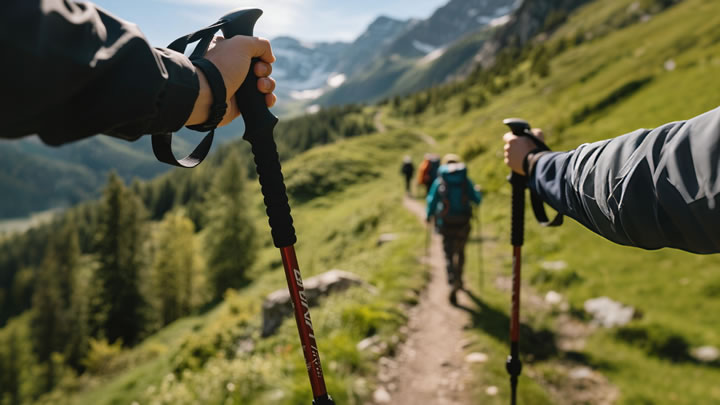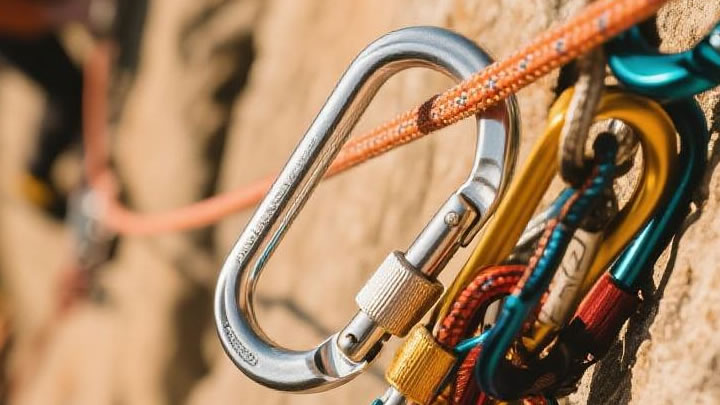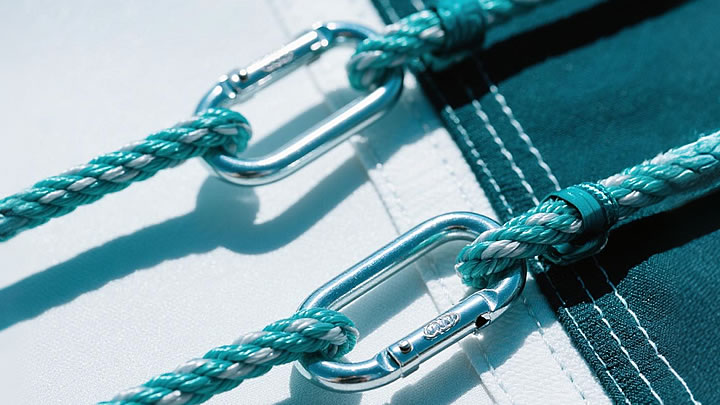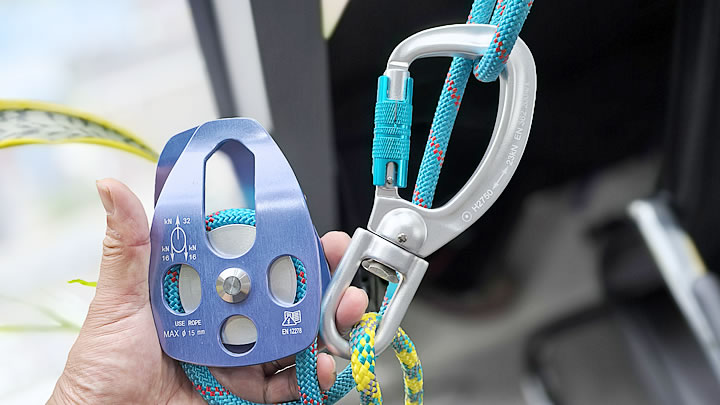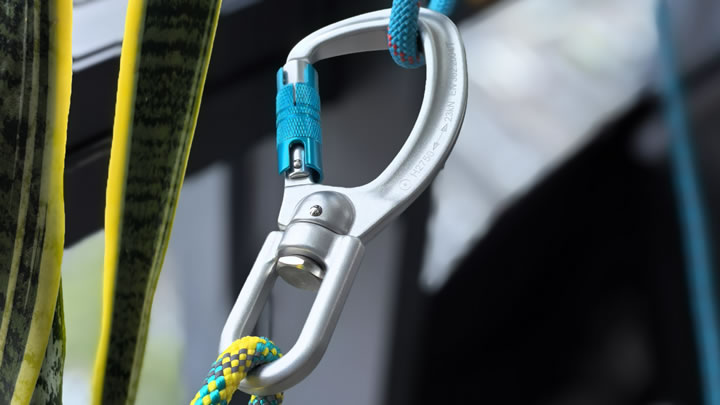How to Make a DIY Hammock at Home (Step-by-Step Guide)
Building your own hammock isn’t just a weekend project—it’s a gateway to custom outdoor gear tailored to your needs. Whether you want a backyard lounger or a lightweight camping companion, this guide covers three methods from no-sew basics to pro-level designs.

Method 1: No-Sew Quick Hammock (30 Minutes)
Perfect for beginners or kids’ play
Materials:
- 2.5 yards (2.3m) of heavy-duty canvas (60” wide)
- Two 6-foot climbing ropes (8mm thickness)
- Four large carabiners (rated 500+ lbs)
Steps:
- Lay fabric flat and fold 4 inches on each short end twice to create reinforced channels.
- Thread ropes through the channels, tying double fisherman’s knots at both ends.
- Attach carabiners to rope loops.
- Hang between trees/stands using 2-inch straps (see our safety guide).
Weight Capacity: ~200 lbs
Method 2: Sewn Camping Hammock (2 Hours)
Ultralight backpacking-ready design
Materials:
- Ripstop nylon (1.9 oz/yd²) cut to 11’ x 5’
- Gutermann MARA 70 thread
- 6 feet of 1-inch polyester webbing
- Two descending rings
Steps:
- Use a French seam to sew long edges, preventing fraying.
- Create end channels: Fold 2” of each end twice, stitch with triple zigzag.
- Attach webbing through channels using a water knot.
- Connect descending rings for adjustable suspension.
Pro Tip: Add a structural ridgeline (83% of hammock length) for consistent sag.
Method 3: Spreader Bar Hammock (Advanced)
For those who prefer a flat, bed-like feel
Materials:
- Two 48” hardwood dowels (1.5” diameter)
- Outdoor-grade fabric (Sunbrella® recommended)
- Marine-grade stainless steel eye bolts
Steps:
- Drill holes 6” from each dowel end; install eye bolts.
- Cut fabric to 8’ x 6’; hem edges with bar-tacked corners.
- Attach fabric to dowels using D-rings and webbing.
- Hang with dynamic rope to absorb swing motion.
Safety Checklist
- Test seams by hanging 2x your body weight (use sandbags)
- Inspect for fabric stress marks after first use
- Never use:Paracord (stretches dangerously)Untreated wood (splinters)Non-UV-resistant thread
Customization Ideas
- Pockets: Sew mesh organizers on the sides
- Insulation: Add button-on fleece layers for winter
- Color: Use fabric dye to create gradient patterns
- Bug Protection: Safety-pin no-see-um netting
Cost Comparison
| Type | DIY Cost | Commercial Equivalent |
|---|---|---|
| No-Sew Basic | $18 | $40+ |
| Ultralight Camping | $32 | $90+ |
| Spreader Bar | $55 | $200+ |
Why DIY Beats Store-Bought
- Tailored Dimensions: Adjust length/width for your height
- Material Control: Choose eco-friendly or antimicrobial fabrics
- Repairability: Fix rips easily with matching materials
- Skill Building: Master sewing/knotting techniques
Final Tip: Start with Method 1 to learn basics, then upgrade to Method 2 as your skills improve. Share your creation online with #DIYHammockChallenge—you might inspire others to ditch store shelves for the sewing machine!

